MARKET OVERVIEW
The Global Allergy Immunotherapy market plays an important role in the pharmaceutical and biotechnology businesses that should address the necessity for long-term solutions for allergy treatments. It revolves around therapy methods that ultimately gets modified in the immune system's response to allergens, reducing symptoms and preventing allergic disease progression. Allergy immunotherapy desensitizes the immune system, and therefore it works as a relatively long-term solution for people with allergic conditions rather than treating symptoms like conventional therapies.
Allergy immunotherapy is a very controlled exposure regimen that amounts to doses either by subcutaneous injection or sublingual tablets, which eventually leads to a gradual decrease in hypersensitivity. Gradually the Global Allergy Immunotherapy market will grow as new drug formulations bring additional efficacious and patient adherence features. These would include wide-ranging therapies covering allergic rhinitis, asthma, venom allergies, and food allergies. Pharmaceutical companies, research institutions, and healthcare providers will work together to develop future changes that will complement these treatments to even better accessibility and effectiveness.
Allergic diseases are so exacting concerning their immunological interference that the Global Allergy Immunotherapy market remains a study and area of continual innovation. Highly patient-centric therapy developments would be focusing on optimized dosing regimen with fewer adverse effects and better compliance among patients. Developments in biotechnology will pave the way for expanding treatments further into new immunotherapies, promising much more safety and efficiency. The increasing allergic diseases in the world will further increase demand for proven scientific immunotherapies in progress in this area.
Regulatory frameworks will determine how the Global Allergy Immunotherapy market would go, ensuring that therapies put in place achieve a certain standard of safety and efficacy. Agencies of the government and those in the healthcare sector will evaluate products in the immunotherapy line according to clinical outcome and patient safety. This would lead to future regulatory developments concerning the availability of new therapies. Companies that devote themselves to investments in R&D efforts will also have to navigate these processes so as to take innovative solutions into the market and propel trust in immunotherapy among both health professionals and patients.
The Global Allergy Immunotherapy market can be said to be beyond pharmaceutical development. It has aspects that deal with advancements in diagnosis to a degree that allergens can be accurately defined. Accurate diagnostic tools would also help dictate personalized immunotherapy for individual patients, thus raising the chances of success relative to this treatment. Personalized medicine approaches will also enhance allergy immunotherapy effectiveness since treatment regimens will be founded on specific allergen sensitivities and immune responses.
Global Allergy Immunotherapy market is estimated to reach $6159.2 Million by 2032; growing at a CAGR of 10.8% from 2025 to 2032.
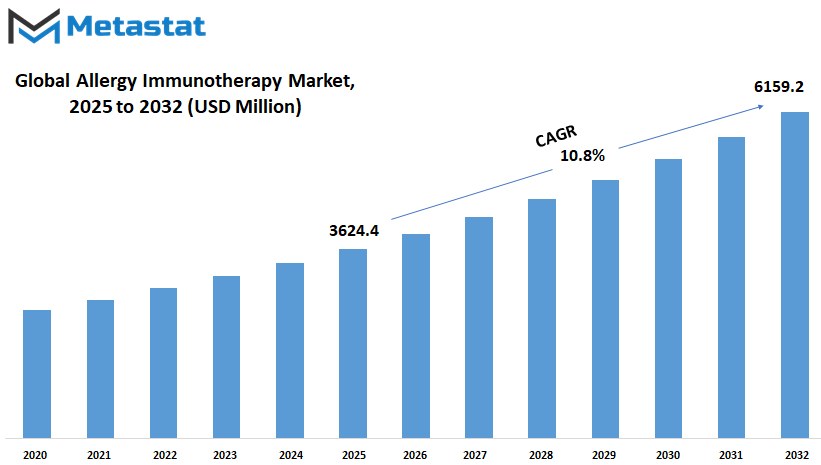
GROWTH FACTORS
The global allergy immunotherapy market is quite healthy and has been very fruitful in the areas of growth during the next few years due to several factors. The most critical factor will be the rising rates of allergic conditions all over the world, which will play up to the growth rates. Urbanization and environmental pollution contribute to allergic conditions such as allergic rhinitis and asthma. As revealed by various studies, cities with above pollution levels report significantly higher cases of respiratory allergies.
Shifting paradigms in medical research and biotechnology have given a new dimension to immunotherapy towards the development of promising treatments that are individualized and effective. One of the most popular developments in this regard is sublingual immunotherapy (SLIT). This advent opened another door alternative to patients refractory to skin injections. It is a boost for patients compliant toward standardized treatment.
Increasing awareness and education regarding allergy immunotherapy are also contributing to the rise in acceptability rates among patients and healthcare providers. Hence, when more individuals learn that this requires treatment with time to bring about long-term benefits, more will be wanting to receive this type of treatment. Proactive governmental initiatives and favorable reimbursement policies play an important role in facilitating market access by bringing therapies into a wider population.
Certain challenges, however, might limit market growth. One would be the high cost of immunotherapy treatments, which would deter many patients from adopting it. Stringent regulatory requirements for the entry of new therapies might also extend the time-to-market for innovative treatments. These therapies should be safe and efficacious, but their rigorous approval process often hinders them from rapid growth in the market.
Despite this, the market has very promising opportunities for the future. Untapped potential in emerging economies with improving healthcare infrastructures offers a good chance for geographical expansion in the market. For example, with the increasing incidence of allergies in these regions, their rising awareness toward effective treatments is likely to derive as one other reason for the emerging market. It is those companies investing in research and development to bring or available innovative cost-efficient patient-friendly immunotherapy solutions that are going to be strategically placed to tap these opportunities.
Thus, the global allergy immunotherapy market moves upward in its path with increasing incidences of allergic conditions, advances in treatment methodologies, and supportive policies. Although some barriers exist, like high treatment costs and regulatory hurdles, they are, however, further expanding into emerging markets and ongoing innovation in developing methods of therapy delivery. It can be said that in the future, there will be very bright avenues opening for future development. The main players who navigate these dynamics well will be the ones that shape the future landscape of allergy immunotherapy.
MARKET SEGMENTATION
By Allergy Type
Rising incidence of allergic conditions primarily drives growth in the Global Allergy Immunotherapy market. Allergic rhinitis and allergic asthma are among the most common ailments afflicting human beings and are generally becoming more pronounced, advancing demands for total management treatment of an allergy. Allergy immunotherapy, which basically is a systematic introduction of allergens to desensitize the immune system, is the best-growing emerging therapy for such conditions.
Allergic rhinitis includes a large part of symptoms such as sneezing, nasal congestion, or even itchy eyes, causing the disease to affect a large part of the world's population. Given that this has become a common condition, there should be a growing tendency of immunotherapy providers and researchers toward the development and advancement of immunotherapy treatments. Subcutaneous Immunotherapy (SCIT) and Sublingual Immunotherapy (SLIT) are the main administration methods. The more traditional aspect of allergy shot therapy, on the other hand, delivers a less painful alternative to patients since it uses allergen tablets underneath the tongue.
Allergic asthma is one such condition in which symptoms of asthma are caused by an allergic trigger. This condition worsens health very considerably. The complexity of environmental factors combined with genetic predisposition also leads to a very complex condition. Immunotherapy has been useful in managing the severity and frequency of asthma attacks resulting from allergic trigger mechanisms. It alters the immune-modulated response for long-term relief to the patient.
There are also advances in new techniques and formulations in immunotherapy that enhance the outcome of this market expansion. More and more innovations aiming to increase the safety and efficacy of treatments are being developed for adoption among patients and healthcare givers. Last but not least, the increased awareness in allergic conditions and the advantages of immunotherapy are also contributing to the uplifting trend of the market.
In the future, therefore, there will be a continued influx of growth in the Global Allergy Immunotherapy market. While funding may not be a problem because it is readily available, research and development projects will come up with entirely new treatment options that would handle many allergic conditions in the future and might consider personalized medicine approaches to improve treatment outcomes by individualizing therapies to the profiles of patients. The need for newer immunotherapy methods grows as the burden increases in allergic diseases for effective and sustainable management.
By Treatment Type
The increasing incidence of allergies has become a major global health concern, affecting millions of people and highlighting the need for effective treatment measures. Allergy immunotherapy is a promising option aimed at modifying the immune mechanism of the body against specific allergens to offer long-term relief. The essence of this therapy is twofold: SCIT and SLIT, which have their own distinct characteristics and future promises.
SCIT (subcutaneous immunotherapy) has commonly been known as allergy shots and is the traditional method of desensitizing allergen-exposed patients. SCIT is injected into the skin and is very effective in treating all manners of allergic disorders, including allergic rhinitis and asthma. It is most useful in treating those with complex allergy profiles as it can bring about desensitization to more than one allergen at a time. Patients find this method inconvenient due to frequent clinic visits and discomfort from the injection itself; thus, more patient-friendly methods began to be explored.
An alternative, SLIT is appreciated for being safe and painless, requiring the patient to administer allergen extract to themselves in the form of tablet or drops that dissolve sublingually. This method virtually maximizes convenience, supports a favourable safety profile, and is therefore mainly and specifically attractive for use in the paediatric and needle-averse patient population. It allows easy treatment administration at home, which minimizes the need for repetitive medical appointments, possibly increasing adherence to treatment protocols. As research continues to validate SLIT's efficacy, it is finding a quicker pathway into widespread clinical use.
The future for allergy immunotherapy itself will soon experience a transformation. The newest advances in bioengineering and immunology are expected to enhance SCIT and SLIT in terms of their efficacy and safety. The existence of more personalized treatment approaches will put greater emphasis on individual patient sensitivities and genetic markers, maximally optimizing therapeutic benefits. More allergen formulations and their delivery routes may yet enhance patient compliance and comfort.
Integration of digital health technologies shall be vital for the future of allergy immunotherapy. Mobile applications and wearables may enable remote monitoring of patient progress, thus permitting treatment adjustments by healthcare providers in a timely manner. This not only makes the patient feel engaged but also establishes a paradigm for efficient patient-centric healthcare delivery.
In conclusion, allergy immunotherapy remains at the forefront of change for allergy treatment, giving patients worldwide their hope for long-term relief. The further development of SCIT and SLIT with the advance of technology and personalized medicine then promises a future where allergy treatment will be even more efficient, accessible, and patient-oriented.
By Distribution Channel
The global market for allergy immunotherapy is expected to grow at a healthy rate with increasing awareness on allergic conditions together with new and more effective treatments. The ever-increasing awareness on allergies is driving the demand for treatments which can provide long-term relief instead of short-term management of allergic symptoms. Owing to the defense mechanism that it builds in the body against allergens and, in turn, lessens the intensity of reactions, immunotherapy is gaining popularity. With rapid innovations in the field of medicine and technology, customized treatment is going to be witnessed which is further directed towards better outcomes and satisfaction for patients.
Allergy immunotherapy is becoming more accessible to people through the expansion of distribution channels. Such therapies are provided in hospitals, where they can be used for rather severe cases requiring specialist supervision. Here, trained personnel would ensure dosage for patients and monitor side effects. Trust and confidence in the safety and efficacy of treatment is thus gained with the presence of such professionals in the facility. Hospitals are likely to continue being an important part of the distribution terrain with the advent of new generations of immunotherapy.
Such retail pharmacies create another important segment of reaching greater populations with allergy immunotherapy. For a number of people, the proximity to a pharmacy site from which they can collect a prescription is the choice factor. Pharmacists are able to respond to patients' concerns and doubts, allowing them to better understand how to administer their therapy. Most home pharmacy retailers expect to stock a diverse selection of allergy immunotherapy as interests grow enabling patient's choice from many. This income restriction will encourage more people to give consideration for using immunotherapy as a permanent resolution.
The online pharmacy sector is providing a whole new approach to accessing allergy immunotherapy. This is particularly advantageous for the people who are too preoccupied or suffer a limitation in maneuverability to go out and purchase medicines. Detailed information on the products, reviews from the customers, and sometimes even online consultations with a healthcare provider are provided through online mediums. With the continuous advancement of digital applications in healthcare, it is anticipated that telemedicine services will be closely integrated with the services offered in online pharmacies to provide patients with prescriptions and treatment recommendations without having to go to the clinic. This brings allergy immunotherapy closer to the typical patient and may turn out to be a draw for a larger percentage of the population considering long-term relief from their illness.
REGIONAL ANALYSIS
The global allergy immunotherapy market increases its size depending on various regions, each with distinct drivers for growth. North America takes a primary role, with the U.S., Canada, and Mexico all contributing to the market development. The U.S., specifically, is a key player owing to the advancement of medical research, the excellent healthcare infrastructure, and an increase in awareness regarding allergy conditions. Empowered by increasing investment in the newer mode of treatment and regulatory body support, this region is the epitome in the practice of allergy immunotherapy. With the increasing burden of allergies, the demand for effective solutions continues to grow.
In Europe, marketing sustains its growth due to the increasing number of people seeking long-lasting relief from allergies. The UK, Germany, France, and Italy stand out because they support established healthcare systems and continuous research on immunotherapy. Stringent regulatory needs and approval assurances about the safety and efficacy of therapies reinforce public trust. It is believed that with increasing attention towards personalized medicine, European nations will cause significant changes. Jointly working with Pharma, research institutes continue developing treatment options.
Asia-Pacific is another major region where demand is rising rapidly. Allergic diseases are increasing in countries such as India, China, Japan, and South Korea due to the combined effect of urbanization and environmental changes. An improvement in healthcare systems is evolving in these countries, and the governments are helping in development-oriented strategies for therapeutics for different health concerns. As medical infrastructure improves and awareness increases, it's expected that the growth and development of immunotherapy will be augmented. Research and development are currently on the rise, especially in China and Japan, where the pace of medical evolution is rapid.
In South America, there are still pushes for growth, led by Brazil and Argentina. Although the market is much smaller than that in North America and Europe, it is growing thanks to increasing healthcare awareness and improving medical facilities. Economical factors and accessibility to health care will determine the rate of acceptance of immunotherapy as a common treatment in the region.
Slowly, the Middle East and Africa are catching up with this burgeoning industry. In the Gulf Cooperation Council countries, Egypt, and South Africa, where healthcare systems are improving and allergy treatments are coming into focus, growth is underway. Shortcomings such as restricted access to advanced therapies hinder realization of growth opportunities; however, continuous development heralds gradual growth within these regions. The accessibility of allergy immunotherapy is expected to grow across different regions in the future owing to global collaborations and growing investment in healthcare.
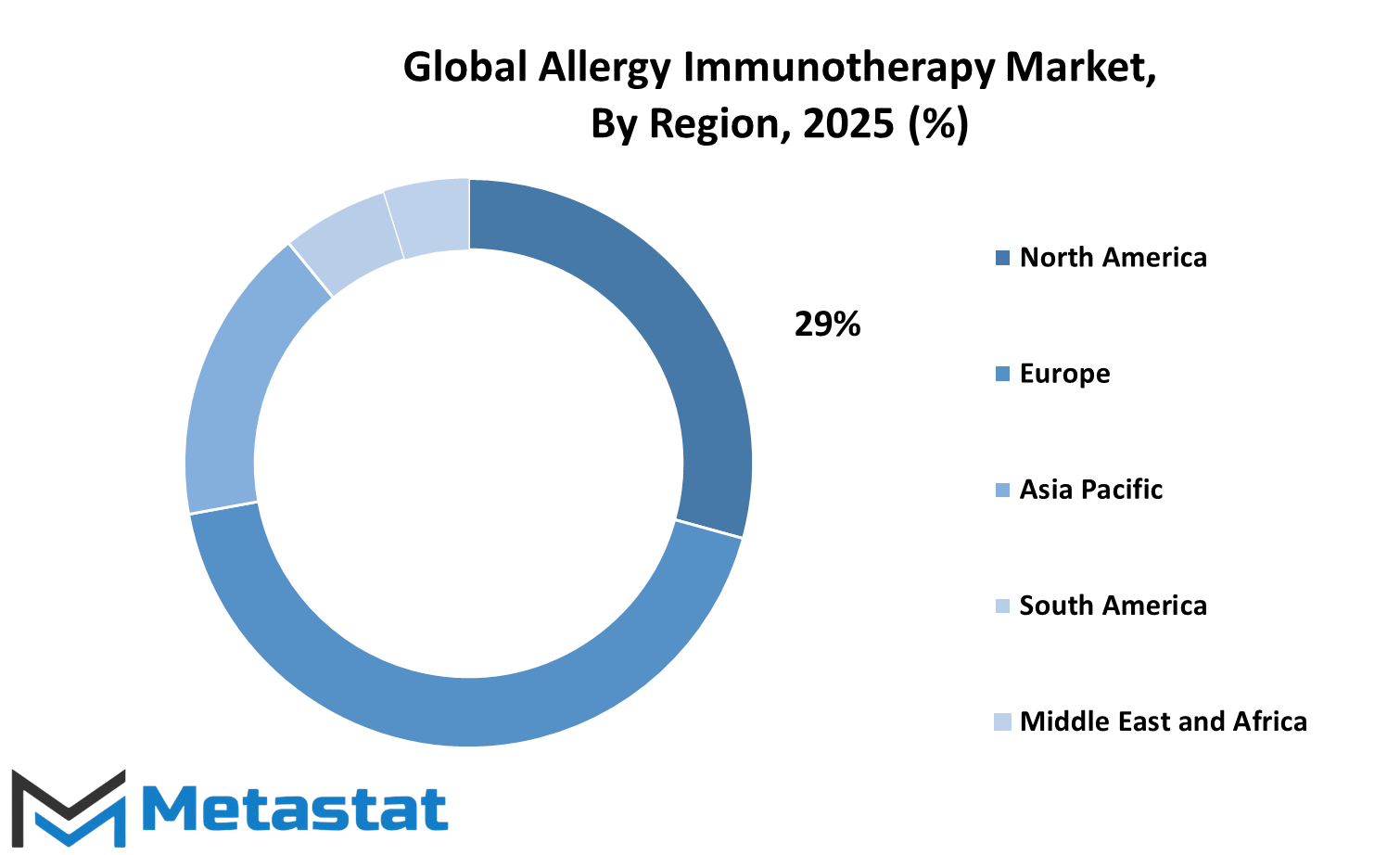
COMPETITIVE PLAYERS
the burgeoning interest of the drugmakers in investigating unmet clinical needs that are constantly being named in allergy immunotherapy. The key players active in devising and designing therapies in the arena include ALK-Abelló, HAL Allergy Group, and Stallergenes Greer, who have been potent market players with slightly different approaches to the development and commercialization of immunotherapy products within this field.
ALK-Abelló, Denmark, was established in 1923. The company's main focus is on developing allergen immunotherapy products, which include sublingual immunotherapy tablets (SLIT-tablets) and subcutaneous immunotherapy (SCIT) solutions. Ongoing research and development have enabled ALK-Abelló to devise innovative treatments that seek to re-educate the immune response of the patient toward better tolerance of the allergen. ALK-Abelló has over 90 years of experience with commercial products in 46 countries, with constant focus on moving on patient-friendly therapies around the globe.
HAL Allergy Group has been active in this sector since 1959. Since the time of its inception, the company has been engaged in the development and manufacture of allergen immunotherapy for the treatment and prevention of allergic diseases. Their product range encompasses both subcutaneous and sublingual treatment options for common allergens, including hay fever and house dust mite allergy. HAL Allergy's commitment to quality and innovation has cemented its' place as a leader in the European market.
Stallergenes Greer has also made some major strategic acquisitions to reinforce its market position. In March 2023, it acquired HAL Allergy for $1.6 billion to broaden its portfolio of sublingual immunotherapy products and increase its footprint in Europe. This acquisition demonstrates the company's commitment to delivering comprehensive solutions in allergy treatment.
Other notable market participants include Adamis Pharmaceuticals Corporation, Allergy Therapeutics PLC, Anergis S.A., Circassia, DBV Technologies SA, DESENTUM OY, HollisterStier Allergy, Leti, LETIPharma, Merck KGaA, Mylan N.V., and Teva Pharmaceutical Industries. These companies, with their distinctly varying approaches and innovations for allergy immunotherapy, all combine with others in pumping a desperately required procurement towards the market.
The competition is largely focused on personalized and targeted therapies with continued refinements in formulation and delivery, with a focus on long-term management of allergies to reduce healthcare costs. The utilization of digital health technologies to better monitor and adhere to therapy is becoming even more prominent, following the trend of precision medicine more broadly. Since these companies will innovate and enhance their offerings, the Global Allergy Immunotherapy market, as they say in some quarters, could grow phenomenally. They are expected to devote much time to patient-centric solutions and the development of novel allergen extracts.
Allergy Immunotherapy Market Key Segments:
By Allergy Type
- Allergic rhinitis
- Allergic asthma
- Others
By Treatment Type
- Subcutaneous Immunotherapy (SCIT)
- Sublingual Immunotherapy (SLIT) (Tablets, Drops)
By Distribution Channel
- Hospital Pharmacy
- Retail Pharmacy
- Online Pharmacy
Key Global Allergy Immunotherapy Industry Players
- ASIT Biotech
- Adamis Pharmaceuticals Corporation
- ALK-Abelló A/S
- Allergy Therapeutics PLC
- Anergis S.A.
- Circassia
- DBV Technologies SA
- DESENTUM OY
- HAL Allergy B.V.
- HollisterStier Allergy
- Leti
- LETIPharma
- Merck KGaA
- Mylan N.V.
- Stallergenes Greer plc
WHAT REPORT PROVIDES
- Full in-depth analysis of the parent Industry
- Important changes in market and its dynamics
- Segmentation details of the market
- Former, on-going, and projected market analysis in terms of volume and value
- Assessment of niche industry developments
- Market share analysis
- Key strategies of major players
- Emerging segments and regional growth potential



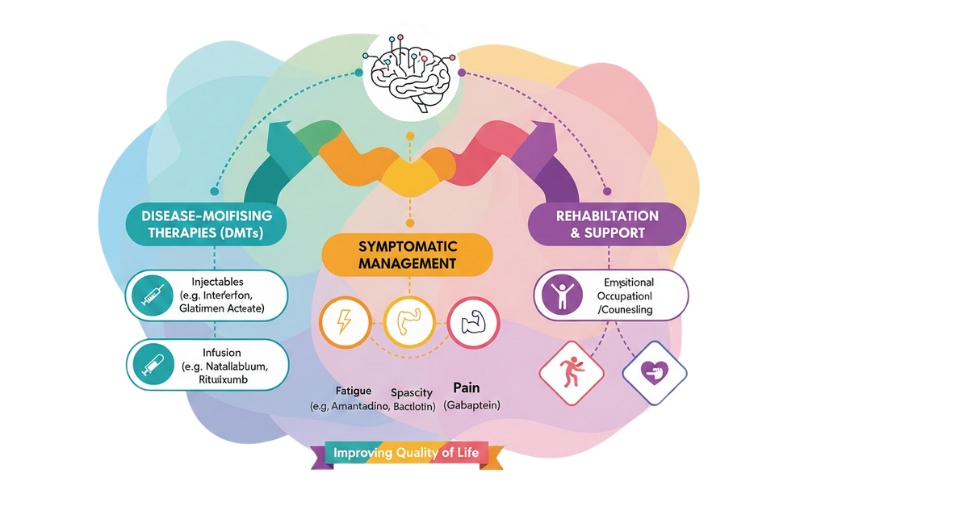
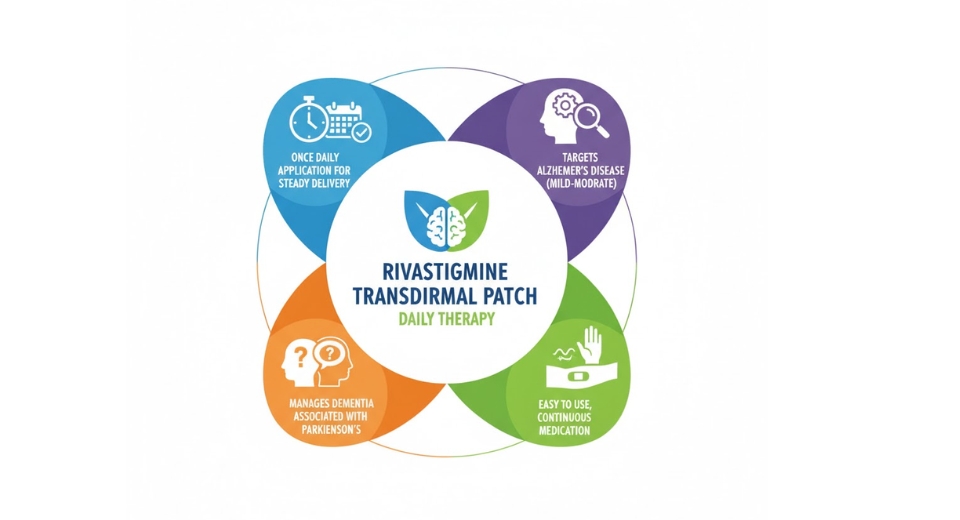
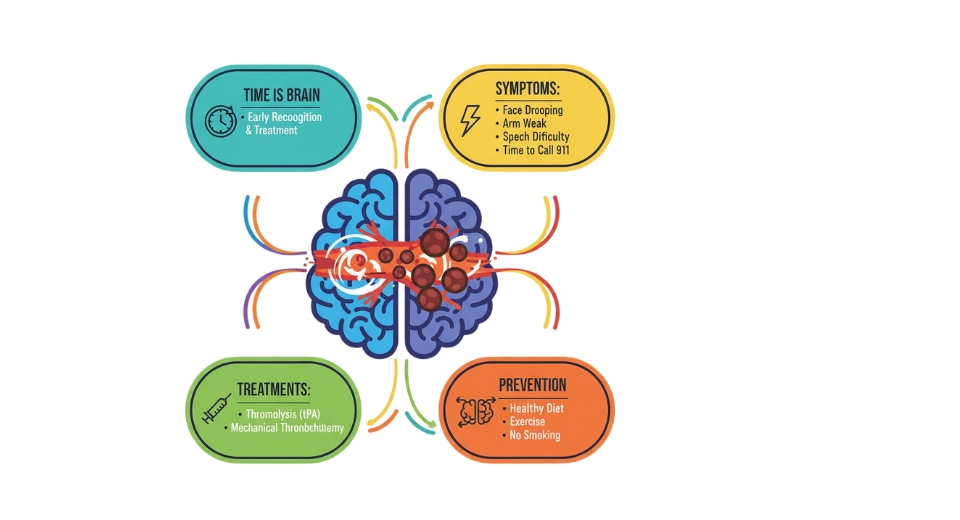
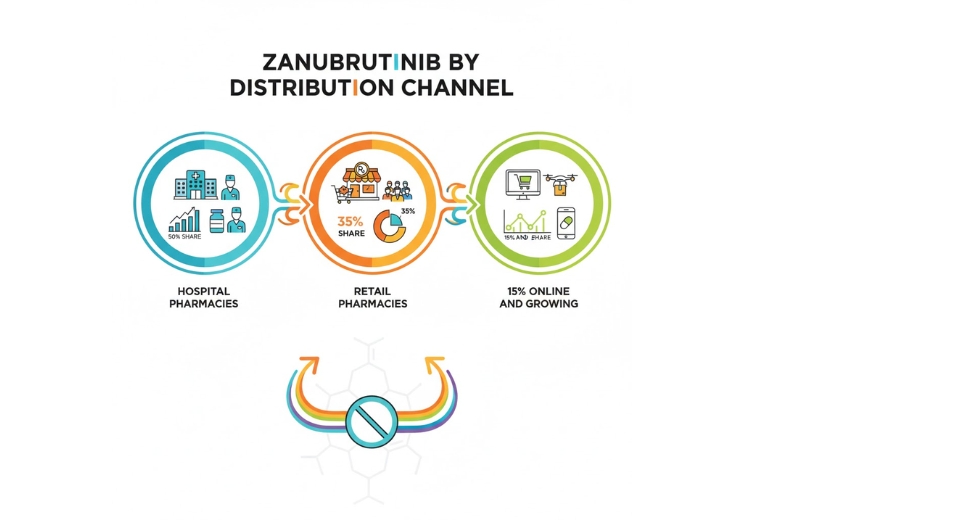

 US: +1 3023308252
US: +1 3023308252






